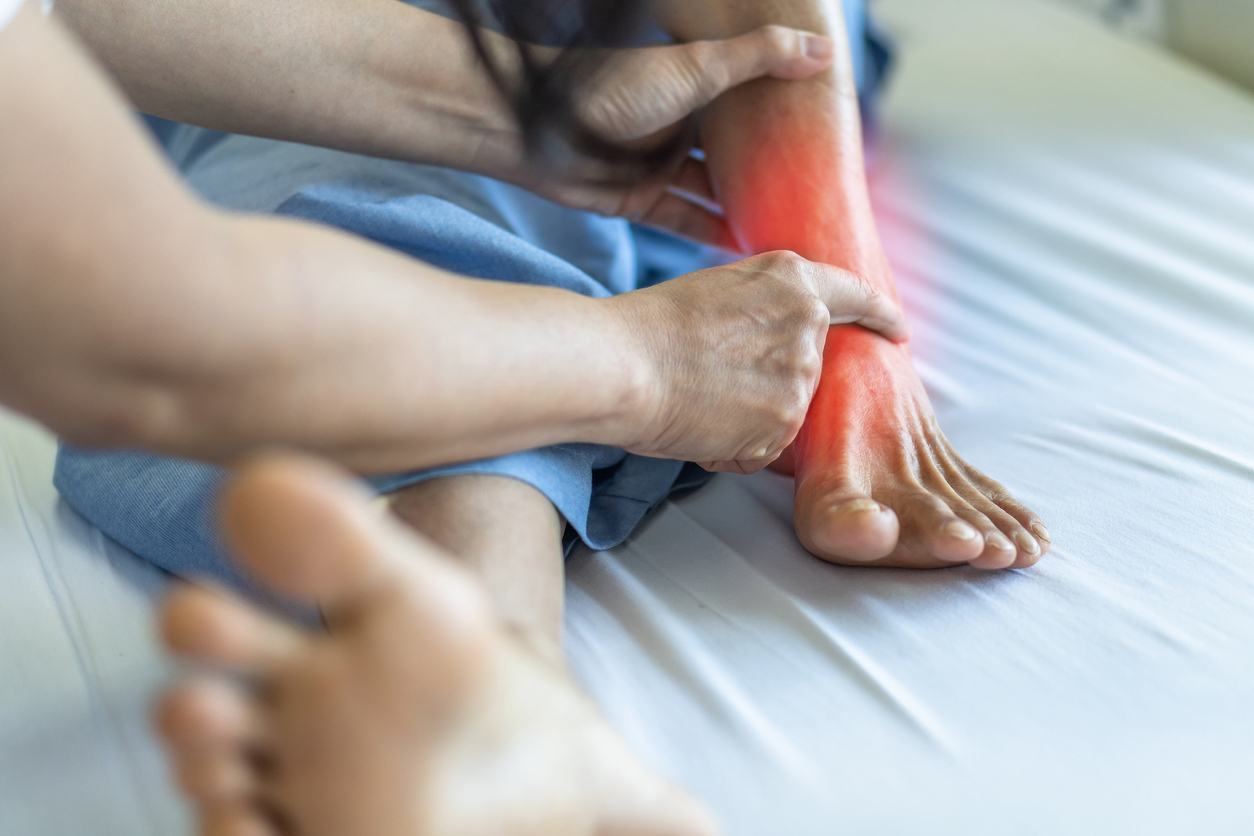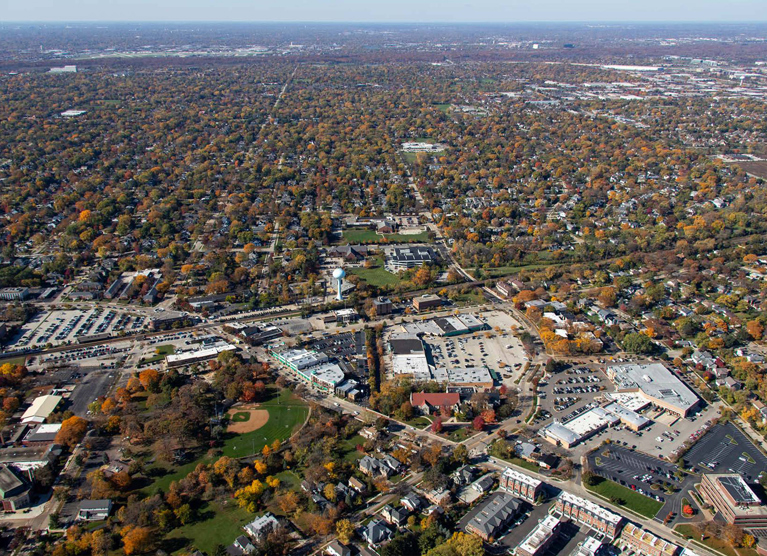11 Tips for Motorcycle Road Rash Treatment & Pain Relief

If you ride a motorcycle with any regularity, sooner or later you’re going to get road rash. Wearing appropriate gear can help protect you, but in some cases, even the best leather or thickest jeans cannot prevent road rash. Layers of skin sheer off and the pain is intense.
After a motorcycle crash, you may feel quite a bit of pain from the areas of skin abrasion and road rash injuries. Sometimes this pain can mask greater injuries. Take the time to stretch your body and joints and check for areas of swelling and bruising. If you notice any excessive swelling, physical deformity, or the inability to smoothly maneuver your joints, head to the emergency room for treatment.
What is Road Rash?
Road rash is the term given to abrasions that occur when the skin makes contact with the pavement or another rough surface. This often occurs in a motorcycle or bicycle crashes. In minor cases, the top layer of the skin is sloughed off, revealing a pink layer underneath.
It is painful and can easily become infected. In a more severe case of road rash, the skin is flayed off and the area is left bloody. Very severe cases may be considered for skin grafting surgery. If you have road rash that is extensive or on sensitive parts of the body, call 911.
There are a number of road rash treatments, depending upon the severity. The best road rash treatment for severe cases or a rash over a large part of your body is probably found at the hospital or doctor’s office. In some cases, you can use home remedies and traditional first aid methods to reduce your pain and heal your injuries. In more severe cases, a visit to your doctor or even the emergency room is required.
Extensive cases or road rash on the face requires immediate medical attention. In the most severe cases, skin grafting may be necessary. Prompt medical care is important if road rash occurs on sensitive areas of the body.
Here Are Some Tips for the Best Treatment of Road Rash at Home:
1. Cleanliness is critical when you are dealing with road rash. Wash your hands thoroughly and consider wearing gloves when treating your road rash. Without properly cleaning your hands, you can transfer bacteria into the open wound which can lead to infection. Also, sterilize any tool like tweezers before using it to remove debris from the wound.
2. If the wound is bleeding, apply a clean cloth and steady pressure to stop the bleeding. If the bleeding has not stopped within ten minutes, visit a physician for more assistance. Using sterilized tweezers and gauze, remove any gravel, dirt, or debris from the area of the road rash. With bleeding and open wounds, be careful not to introduce any bacteria into the affected area. If the bleeding does not stop with pressure or there is a large open area, you may require skin grafting surgery.
3. Rinse and clean the wound with saline or mild antibacterial soap and water. Hydrogen peroxide, betadine, and other treatments are often too harsh for road rash. Treat road rash areas carefully, avoiding contamination.
4. Apply an antiseptic road rash ointment or cream, like Neosporin or Savlon, in a thin layer on top of the affected area. These ointments will help prevent infection. Use gentle pressure to apply the antiseptic. Reapply antiseptic once a day or as needed. Neosporin has a topical ointment with an added pain reliever which may be helpful if pain persists. Lidocaine, often added to ointments, helps ease the pain. Your physician can prescribe you an ointment with 2 percent lidocaine for extra road rash pain relief. An antibiotic ointment like Neosporin can help relieve the pain. Your physician may prescribe a treatment, as well.
5. Depending on the degree of road rash, you are likely experiencing some pain. Simple pain relievers like Tylenol or Advil are often quite effective in reducing your pain. Your doctor may choose to prescribe stronger pain medications. If you are in severe pain, see an emergency medicine physician.
6. Apply a hydrocolloid bandage to the site of the open skin. You can find small hydrocolloid bandages at your local pharmacy or your physician can provide you with larger bandages. Or, wrap the wound lightly in clean, non-stick gauze. Be sure to use non-stick, as traditional sterile gauze may adhere to the area of your road rash as it heals, and can reopen the wound when you remove it.
7. Signs of infection in your road rash injury include redness, especially redness that extends beyond the perimeters of the broken skin. Swelling, the development of pus, a foul odor, and fever are all signs that you have developed an infection. If this is the case, you need to see a physician to prescribe you antibiotics.
8. About an hour before changing your bandages, take some Tylenol or Advil for pain. If you have visited your doctor, they may have prescribed something for road rash pain relief. Again, be sure to take it about an hour before you change your dressings so that it is working fully as this can be quite painful.
9. Initially the area of road rash will need to be covered at all times. Keeping it covered will help keep the wound clean and prevent infection. Once the wound has sealed, you can begin by leaving it open to the air at night before finally removing the bandages completely once it has scabbed over.
10. The area should be considered healed when it takes on a dull pink or red coloring, is no longer moist, and is not sensitive to touch. To prevent cracking and to restore suppleness to the skin, apply a moisturizer to newly healed skin daily. Creams like Eucerin, Aquafor, or Nivea are best as they are free of alcohol and keep the wound moist.
11. If you have an area of road rash that is larger than your hand, will not stop bleeding, has debris that cannot be removed, or exhibits signs of an infection, you should see your physician for treatment. Signs of infected road rash include increasing amounts of pain, pus forming on the infection, or an area of redness around the rash that is spreading or becoming darker. Seek professional medical advice if you have any questions about your recovery or if your road rash pain does not go away.
All bikers should know how to treat motorcycle road rash, as the injury is so common. Minor cases can usually be managed with home-care. You can carry self-treatment supplies in your first aid kit to be prepared just in case.
Motorcycle Road Rash Pain Relief
Road rash pain can be intense. It is described as a burning, searing pain that does not let up. Pain medications like acetaminophen and ibuprofen can both help relieve your pain. You can also apply ice over a bandage – just be sure that the ice is wrapped in a towel and is not applied directly to the wounded area.
Some burn ointments have additives that help relieve road rash pain. Also, if your case is severe, your doctor may prescribe painkillers or an ointment with lidocaine. Minor road rash pain can be treated at home with over the counter pain relievers. Deeper wounds may require stronger pain relievers.
Recovery at Home and Beyond
As your road rash heals, monitor the wound for formation of scar tissue. You can apply moisturizers and gently rub them in to keep this skin supple as it reforms. If any breaks in the skin occur during healing, be sure to apply an antibiotic ointment. If you noticed increased pain, redness, or swelling, see a physician. Road rash and abrasions usually heal in time, but some will result in scars or thickened skin.
If you have been in a motorcycle crash, first seek medical attention. Next, contact an experienced personal injury motorcycle lawyer like the ones at Kass & Moses Personal Injury Lawyers (1-800-MOTORCYCLE). A free consultation with a motorcycle lawyer can help you determine if you can recover money for your injuries, damage, and pain and suffering.
It is not enough to see an attorney who can handle a car accident. You need a specialized lawyer who understands bikers and how the law applies to them. Do not accept less than you deserve from an insurance adjuster – go with a team that will work in your best interest to help you recover financially as you recover from your injuries. Never accept less than you deserve from the insurance company for your motorcycle road rash.
Contact Our Northbrook Motorcycle Accident Law Firm Today
If you were injured in an accident in Northbrook, IL, and need legal help, contact our Northbrook motorcycle accident lawyers at Kass & Moses Personal Injury Lawyers to schedule a free case review today.
Kass & Moses Personal Injury Lawyers
601 Skokie Blvd Suite 401
Northbrook, IL 60062
(847) 513-9582
